Pregnant Sphynx cats: characteristics, timing, care
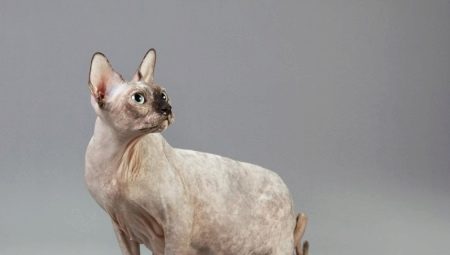
Bald Sphynxes are one of the most extraordinary representatives of the feline world. They are distinguished by a non-standard formidable appearance combined with a surprisingly docile character. During pregnancy and childbirth, a pet requires a special attitude; the state of the newly-made mother and the health of her cubs largely depend on the quality of caring for the animal during this period.
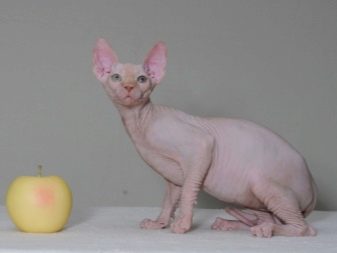
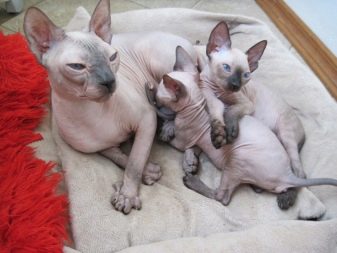
Signs of pregnancy
Mating a cat and a cat does not always end with pregnancy and the reasons for this can be very different - from fear of a partner to the usual incompatibility. A cat may refuse to mate with a cat if it is hungry, anxious, or does not feel safe. But if the breeders are 100% sure that the "close acquaintance" still took place, then it will not be difficult for them to understand whether a pregnancy takes place - the fact is that a cat in a position begins to behave completely differently than in an ordinary one. condition.
From the very first days, the pregnant Sphynx asks for love and affection from the owner, and also begins to be picky about the food offered. There are even cases when the animal completely changes its taste habits, often there is a short-term rejection of ready-made dry food. Do not worry - sooner or later the female sphinx will return to her usual diet.
Typically, during this period, the cat begins to eat more and more often, as she has to feed her nascent offspring. A categorical refusal to eat is extremely rare and should be a reason to contact your veterinarian.
At this moment, the cat often shows aggression towards other pets and even, in some cases, towards the owner.Do not be alarmed, as soon as she gets used to her changed state, everything will return to normal.
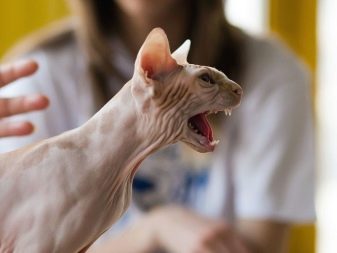
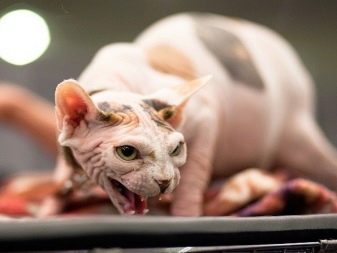
In the third week, you can already recognize the pregnancy for sure - at this moment the nipples of the animal begin to rise and acquire a milky shade... The cat is recovering, and in the fourth week manifestations of morning toxicosis are possible.
Weight gain already looks especially noticeable in the fifth week of pregnancy. On the sixth, the mammary glands are enlarged and filled with milk. At this moment, the cat completely loses interest in the opposite sex, estrus stops, and the cat spends most of the time in a state of sleep.


How long does it take?
Sphynx cats carry kittens from 63 to 66 days, and if the animals walk 4-5 days longer, this is not considered to be outside the normal range. The following signs indicate the approach of childbirth in an animal:
- the appearance of whitish discharge;
- the sphinx becomes very lethargic and lethargic;
- nipples protrude, areas of wool around them thin;
- the mammary glands begin to enlarge.
Experts have noticed several patterns. The older the cat, the more kittens she can bring, while the larger the litter will shorten the duration of pregnancy - therefore, with an older cat, a calendar should be kept and all changes occurring to it should be recorded in order to roughly calculate the date of birth. Too large deviations lead to severe pathologies of kittens and even their loss.
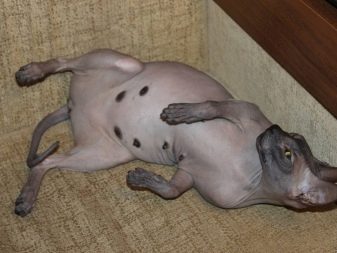
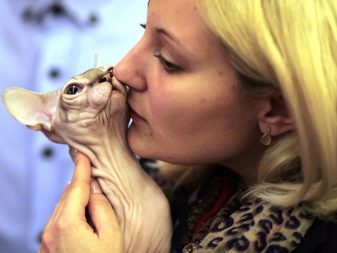
It should be borne in mind that puberty in animals of this species occurs at about 7 months, but if progesterone is produced in insufficient volume, then estrus can take place every 3 months, and if the cat mates on these days, then any mating can lead to fertilization.
As a result, kittens are born of different ages - the very first ones will be healthy, but the subsequent ones will be underdeveloped and in most cases unviable.
The duration of pregnancy in such a situation is calculated from the very first contact with the cat. And if during pregnancy the cat experienced stress (the reasons can be very different, from loud noises in the house to short-term separation from the owner), then with a high degree of probability she will give birth much earlier than the due date.

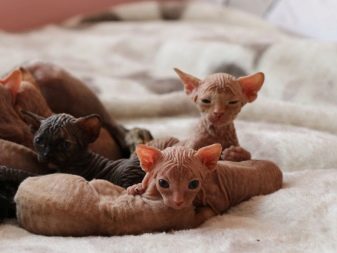
Care features
It is best to feed a Sphynx cat expecting kittens with special food containing all the vitamins, micro- and macroelements necessary to maintain the healthy state of the cat itself and its babies. The diet should contain a lot of protein and calcium. You should not experiment with medical procedures and independently prescribe any medications to the animal; taking medications must be agreed with the veterinarian observing the animal.
During this period, one should not carry out antiparasitic therapy, get rid of worms and fleas - all this can have a most deplorable effect on the health of the mother and her cubs.
Cats during this period need their own home, where the animal can rest, feeling like a protected sovereign mistress. It is best to purchase a suitable design in a store, but you can also build it yourself from a regular box. Keep in mind that the dwelling should not be located high - the female sphinx during pregnancy should be protected from high jumps and too abrupt movements - they can harm her or lead to intrauterine bruises in kittens.
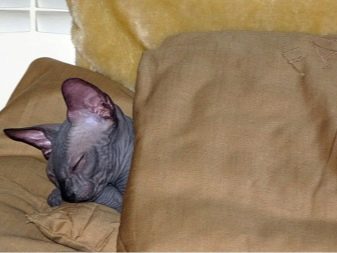
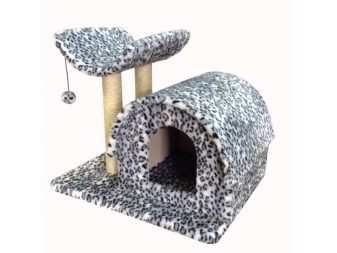
If possible, protect your pet from other pets, often the discontent of the animal leads to fights that are not at all appropriate in her position.
It is very important at this moment to maintain the hygiene of the pet; this requires warm water and a clean soft cloth. In the early stages, you can walk the cat a couple of times, but later it is better to exclude self-walking for safety reasons.
Try not to leave your cat alone shortly before giving birth, arrange in advance for the presence of a veterinarian during childbirth - you can seek help from a doctor who visits your home, or you can find the addresses of the nearest veterinary clinics, where, if necessary, the cat can be provided with full-fledged medical assistance for delivery.

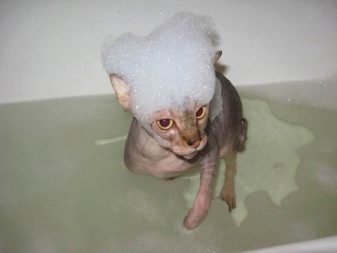
Postpartum care
Sphynxes usually give birth rather quickly, but a lot here depends on the health of the cat as a whole and on the number of kittens. Childbirth rarely lasts more than a day with long breaks, the shorter the interval between the appearance of newborn kittens into the world, the better for both the mother and the unborn cubs. Otherwise, it is best to go to the professionals..
When the very last kitten is born, cats begin to rather actively engage in issues of their own hygiene and licking their babies, after which the newly-made mother finally relaxes and begins to purr. If the animal is too weak and unable to cope with licking on its own, then the owner must come to the rescue - for this you need to wipe the baby with a soft towel dipped in warm water and put him closer to the mother.

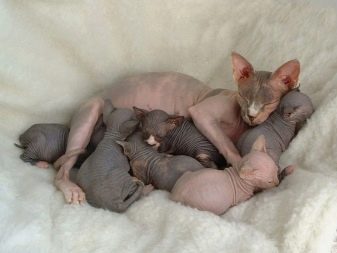
Immediately after the end of lambing, it is necessary to change the litter to a clean one, after which the animal should be given a bowl of warm milk, and the kittens should be placed near the mother.
Be sure to check that each of them can find the nipple and begin to suck milk - it contains antigens important for the health of kittens. Try to minimize any noise - this can scare the cat, then it can direct aggression at the children or try to hide them, it is possible that during such "transportation" it injures the cubs inadvertently.
After giving birth, within a week, discharge comes out of the cat's vagina, if it does not stop after 7 days, then the animal must be shown to the veterinarian, especially if it is purulent or bloody.
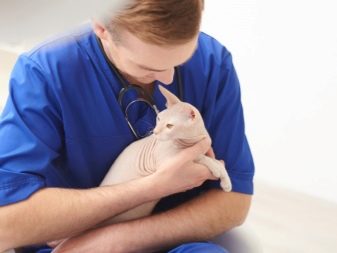

The specialist tells about the features of caring for a pregnant and lactating cat in the following video.
































